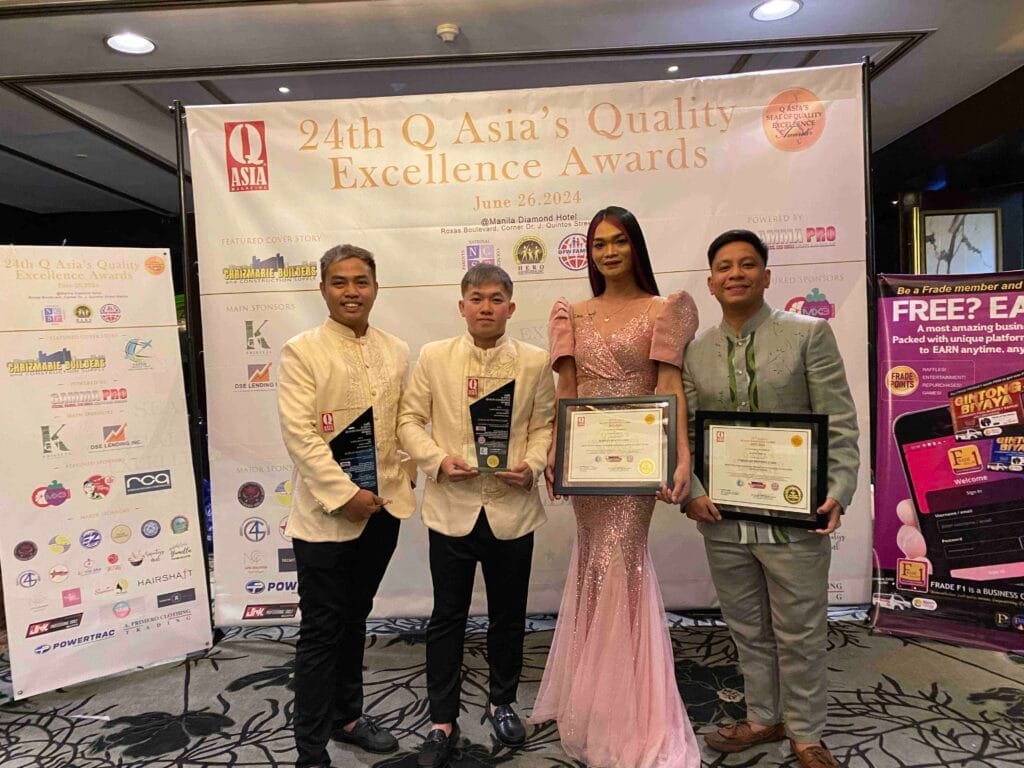Imagine walking into a store and picking up a product that you trust will work well and be safe to use. This trust often comes from knowing that the product is made with high-quality ingredients. But what makes these ingredients so reliable? The answer lies in certified quality raw materials. These materials are the foundation of any successful product, whether it’s a cosmetic, a pharmaceutical, or a manufactured good. Investing in them is crucial for businesses looking to build a strong reputation and ensure customer satisfaction.
In today’s competitive market, companies are constantly looking for ways to stand out. One effective strategy is to use premium raw materials that meet strict quality standards. These materials are not just about meeting minimum requirements; they are about exceeding expectations. By choosing certified quality raw materials, businesses can guarantee that their products will perform consistently and safely. This consistency is key to building trust with customers and maintaining a competitive edge.
What Are Certified Quality Raw Materials?
So, what exactly are certified quality raw materials? These are raw materials that have been tested and certified by recognized bodies to meet specific standards. The certification process involves rigorous testing to ensure that the materials are safe, reliable, and consistent. Standards such as ISO (International Organization for Standardization) and GMP (Good Manufacturing Practice) are commonly used to evaluate these materials. By adhering to these standards, manufacturers can ensure that their products are of the highest quality.
The Certification Process
The certification process for raw materials is rigorous and involves several steps. First, the materials are tested for purity and consistency. Then, they are evaluated against specific standards to ensure they meet all requirements. This process not only guarantees the quality of the materials but also ensures that they are safe for use in various products.
Importance of Certifications
Certifications are not just about compliance; they are about building trust with customers. When a product is made with certified quality raw materials, consumers know that it has been thoroughly tested and approved. This trust is invaluable for businesses, as it leads to customer loyalty and positive word-of-mouth.

The True Value of Certified Quality Raw Materials
When it comes to certified quality raw materials, many businesses worry about the cost. Is it really worth the investment? The answer is yes. While the upfront cost might be higher, the long-term benefits far outweigh the expenses. Companies that use certified materials often see a significant reduction in product failures and customer complaints. This leads to increased customer satisfaction and loyalty, which are invaluable for any business. Moreover, using certified materials can enhance a company’s reputation and give it a competitive edge in regulated markets.
Cost vs. Benefit Analysis
Let’s consider the cost vs. benefit analysis. While certified materials might cost more initially, they save businesses money in the long run by reducing waste and improving product performance. For instance, in the pharmaceutical industry, using certified materials can prevent costly recalls and maintain a strong reputation.
Impact on Business Growth
The impact of certified quality raw materials on business growth cannot be overstated. By ensuring product reliability and safety, companies can expand their customer base and enter new markets with confidence. This is especially true in industries where safety and reliability are paramount.
Common Misconceptions About Certified Materials
There are several misconceptions about certified quality raw materials. One common myth is that they are too expensive for small businesses. While it’s true that certified materials might cost more upfront, they save businesses money in the long run by reducing waste and improving product performance. Another myth is that certifications are unnecessary unless you’re operating in a highly regulated industry. However, certifications can benefit any business by ensuring consistency and reliability across all products.
Debunking Myths
Let’s debunk these myths. For small businesses, using certified materials can be a strategic move to differentiate themselves from competitors and establish a strong brand identity. This can be especially important in industries where safety and reliability are crucial.
Real-Life Examples
In real-life scenarios, companies that invest in certified materials often see significant returns. For example, in the cosmetics industry, using certified quality raw materials can prevent issues like skin irritation or allergic reactions. This not only protects consumers but also helps manufacturers avoid costly product recalls.

Why Ospa Korean Beauty Corp Recommends Certified Materials
At Ospa Korean Beauty Corp, we understand the importance of using certified quality raw materials. As a manufacturer with quality standards, Ospa ensures that all its products are made with the finest ingredients that meet rigorous certification criteria. This commitment to quality is what sets Ospa apart in the competitive beauty industry. By using certified materials, Ospa can guarantee that its products are not only effective but also safe for consumers.
Ospa’s Commitment to Quality
Ospa’s commitment to quality is evident in every product they offer. From skincare to haircare, every product is formulated with premium raw materials that have been carefully selected and certified. This attention to detail ensures that customers receive the best possible results from Ospa’s products.
Unique Selling Points
What sets Ospa apart is its unique approach to innovation and sustainability. By combining certified quality raw materials with eco-friendly sourcing practices, Ospa creates products that are both effective and environmentally responsible. This approach not only appeals to consumers who value sustainability but also positions Ospa as a leader in the beauty industry.
How to Identify Certified Quality Raw Materials
So, how do you know if the raw materials you’re using are certified? The first step is to check for recognized certifications such as ISO or GMP. Look for documentation that proves these materials have been tested and approved. It’s also important to work with trusted suppliers who can provide transparent information about their sourcing and certification processes. Avoid suppliers who seem secretive or unwilling to provide documentation.
Verifying Certifications
Verifying certifications is crucial. Many manufacturers list their certifications on their websites or product labels. By doing your research and choosing certified materials, you can ensure that your products meet the highest standards of quality and safety.
Red Flags to Avoid
When sourcing raw materials, there are several red flags to avoid. Suppliers who are unwilling to provide documentation or seem evasive about their certification processes should be avoided. It’s also important to check for any past compliance issues or recalls associated with the supplier.
The Future of Certified Quality Raw Materials
As the world becomes more conscious of sustainability and ethical sourcing, the demand for certified quality raw materials is likely to increase. Manufacturers are now looking beyond just safety and reliability; they’re also focusing on how their materials are sourced and their environmental impact. This shift towards sustainability is changing the way certifications are issued and what they cover. For instance, certifications might soon include criteria for eco-friendly sourcing or fair labor practices.
Trends in Sustainability
The trend towards sustainability is driving innovation in the certification process. Companies are now seeking certifications that not only ensure product quality but also verify sustainable sourcing practices. This shift is expected to continue, with more emphasis on environmental responsibility in the future.
Ospa’s Approach to Sustainability
At Ospa Korean Beauty Corp, sustainability is a core part of their strategy. By combining certified quality raw materials with eco-friendly practices, Ospa is not only meeting current standards but also preparing for future demands. This proactive approach ensures that Ospa remains a leader in the beauty industry, known for its commitment to quality and innovation.
Conclusion
Investing in certified quality raw materials is not just a smart business move; it’s essential for building trust with customers and ensuring product reliability. Whether you’re a small startup or a large corporation, using certified materials can give you a competitive edge and enhance your brand reputation. At Ospa Korean Beauty Corp, this commitment to quality is evident in every product they offer. By choosing Ospa, you’re choosing a manufacturer with quality standards that prioritizes your safety and satisfaction above all else. So, why not take the first step towards excellence? Partner with Ospa today and experience the difference that certified quality raw materials can make.














